It is not my fault that Neil Jordan’s Byzantium (2013) didn’t play locally. I saw a screener of it long before it opened and started pushing it, but no one wanted to take a chance on it. I understood that with the Fine Arts — horror pictures, no matter how arty, aren’t known for playing well with them. The Carolina I understood less well. (I could point out right now that it would have to have done better than Palo Alto.) At the same time, they have been burned by horror oddities. (I’m hoping the modest success of Only Lovers Left Alive changes that thinking.) The problem is that horror fans are unpredictable — yes, you are, don’t deny it — and while any high-profile horror crapfest is almost assured at least one strong opening weekend, the same cannot be counted on with films that are off the beaten path. That is where Byzantium falls. It’s probably also why it’s one of the very few horror pictures of recent vintage to get the full five stars from me. It isn’t your average vampire story.
I’m always amused when people are surprised when Neil Jordan makes a horror movie. His 1984 breakthrough movie The Company of Wolves (1984) was a horror picture. And then there’s Interview with the Vmpire (1994). There are horror elements in The Butcher Boy (1997). In Dreams (1999) is clearly a horror movie. High Spirits (1988) and Ondine (2009) both have fantasy elements. Byzantium is hardly an oddity in his filmography — and it has more than its share of elements from other Jordan films. (The Crying Game (1992) and Breakfast on Pluto (2005) come to mind.) It is also a film — like this year’s Jim Jarmusch picture, Only Lovers Left Alive — that reclaims the vampire movie from the trivialization of those Twilight…things. That, however, is not to say that this adaptation of Moira Buffini’s (who also wrote the screenplay) play A Vampire Story is a traditional vampire tale. There are no coffins or fangs (these bloodsuckers have special thumbnails to tap into their victims’ veins). Sunlight has no effect on them, nor do crosses or any of the usual trappings. They are not created by the bite of another vampire. About the only things that are traditional come down to drinking blood, being (relatively) immortal, and being unable to enter a place until they are invited in.
The film is the story of a mother, Clara (Gemma Arterton), and her daughter, Eleanor (Saoirse Ronan), both of whom are a vampires and are over 200 years old. They are a study in contrasts. Clara is the wild one — for reasons that only gradually become clear. She is something of a good-time girl (put bluntly, she’s a hooker), who uses her vampire status to feed off those who prey on others. Eleanor, on the other hand, is introspective — with a deep (and dangerous) need to tell her story — and she only takes blood from the elderly who are ready to die. She is frustrated — and even embarrassed — by her mother. What she doesn’t understand is that they are in constant peril from the powers that be in the vampire hierarchy — something that also takes a while to become clear (and which we are often misdirected on).
The bulk of the movie — interspersed with flashbacks that fill in the plot — takes place in a dreary, rundown seaside down (one that both know well) in the off-season. The location enhances the film’s somber air of chilliness, loneliness, and isolation. This is perhaps the loneliest vampire picture ever made. At one point, Eleanor even confesses that so far as she knows — there is much about their origin she hasn’t been told — they are the only examples of their species. But everything about the film — including the business of how vampires are created (we see it, but it remains unexplained) — is photographed to enhance the sense of isolation and a chilled atmosphere. Atmosphere is what is at the center of Jordan’s film, and it’s all pervasive.
I don’t want to discuss the mechanics of the plot any more than I’ve already done.The intricacies of the surprisingly complex story should be experienced without much foreknowledge, since it’s all revealed at its own pace and in its own way. Some of it — especially Eleanor’s relationship with a dying young man (Caleb Landry Jones) — becomes fairly obvious early on, but the nuances of the backstory are not fully revealed till the end of the film. That’s as it should be — and it’s how I’m leaving it. But this is truly a remarkable horror film on nearly every level — and very much a Neil Jordan picture.
The Thursday Horror Picture Show will screen Byzantium Thursday, June 12 at 8 p.m. in the Cinema Lounge at The Carolina Asheville and will be hosted by Xpress movie critics Ken Hanke and Justin Souther.



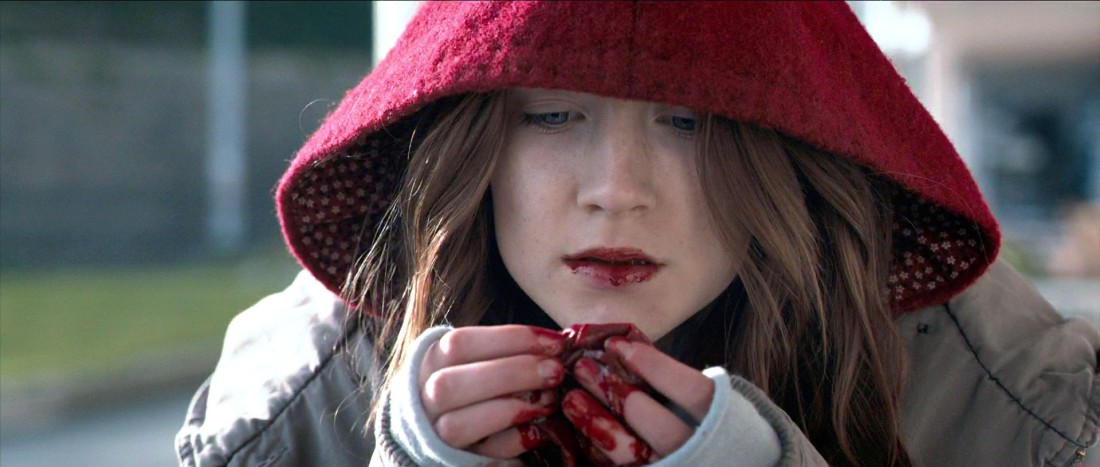
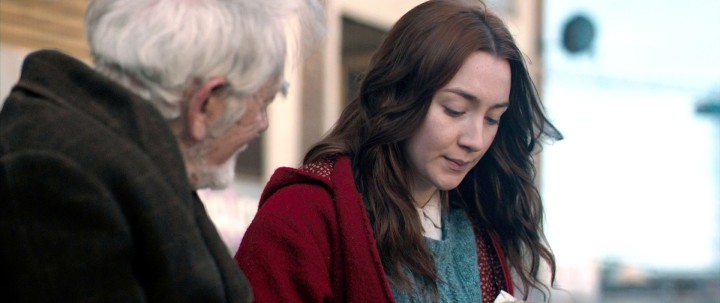
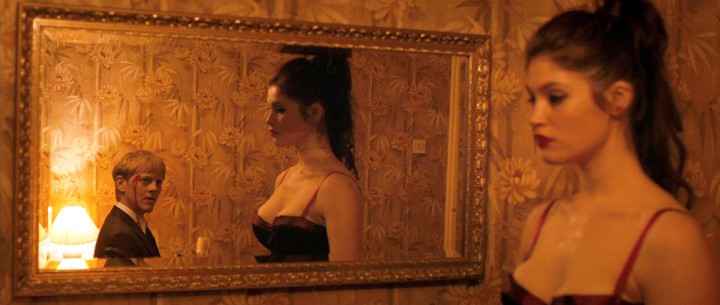
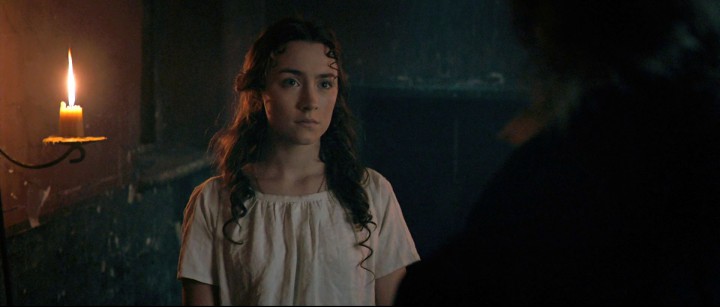

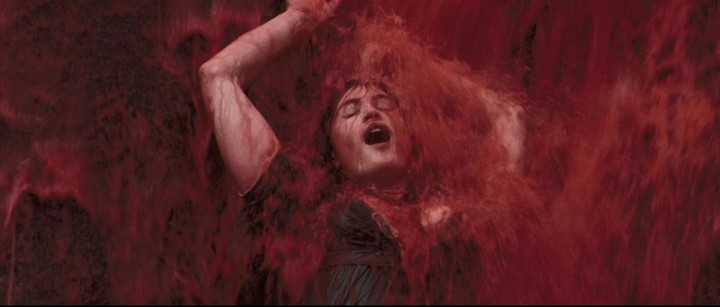
This was one of my favourite films of last year, and another addition to the long list of impeccable Saoirse Ronan performances.
I agree with that, but I think ultimately it’s Arterton who most impresses me here.
And it turns out we have been told by IFC that we can’t show it.